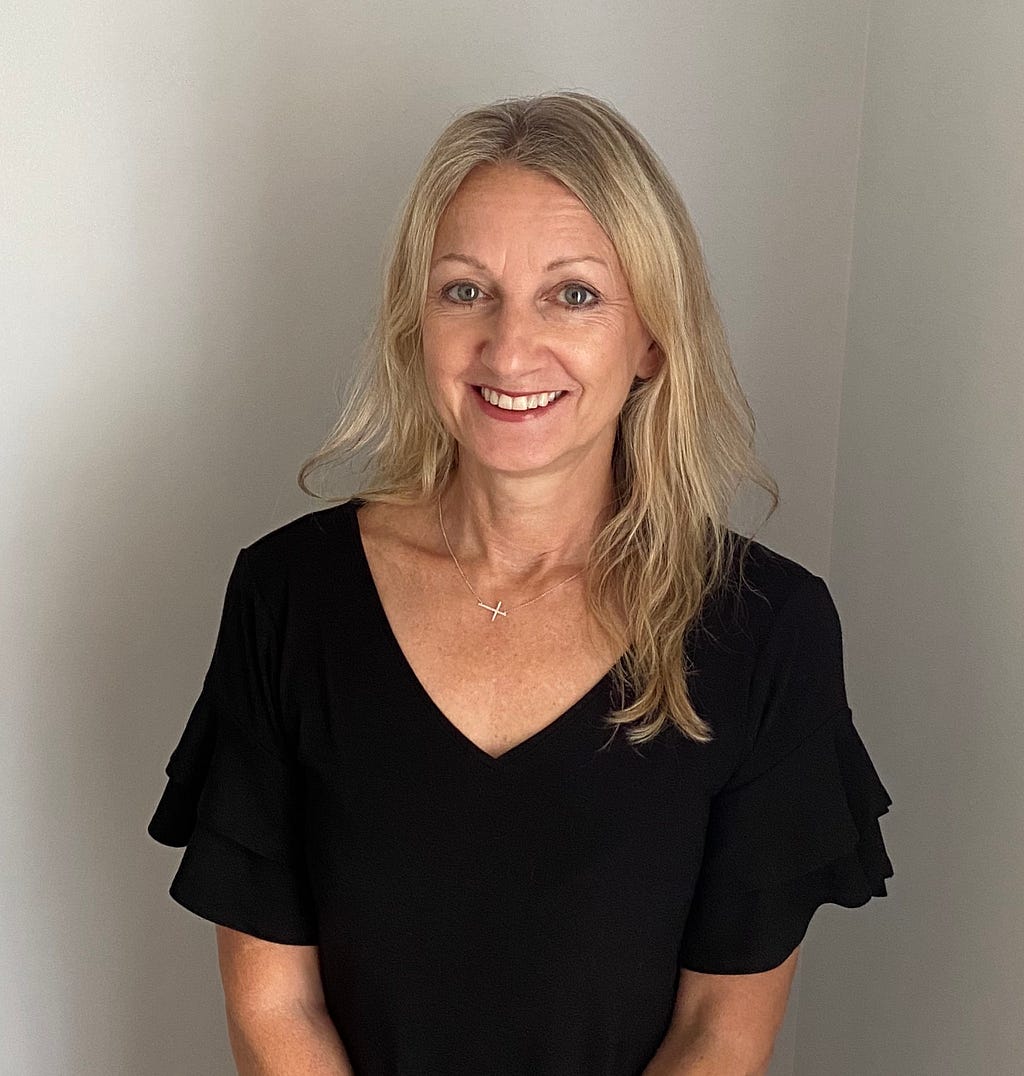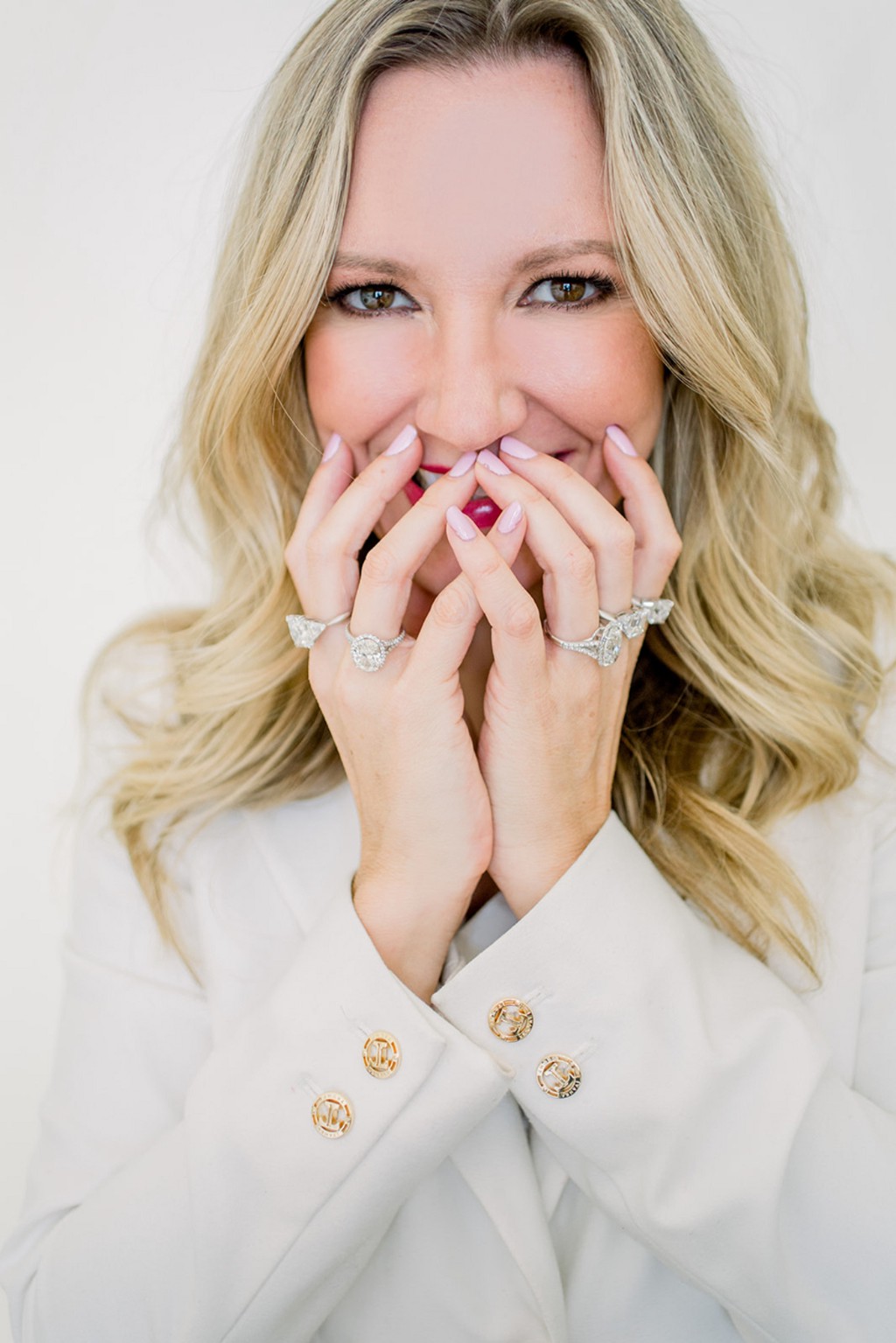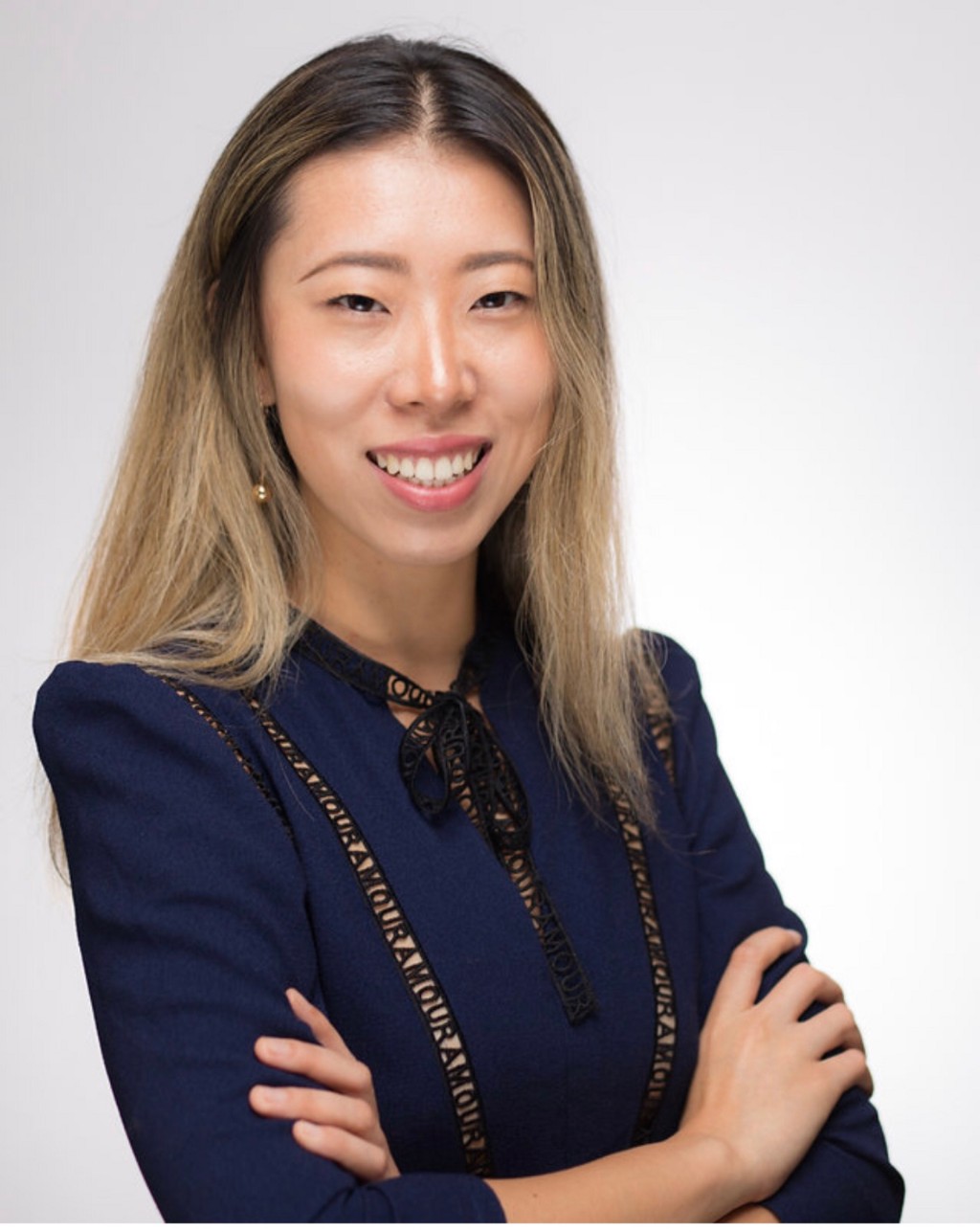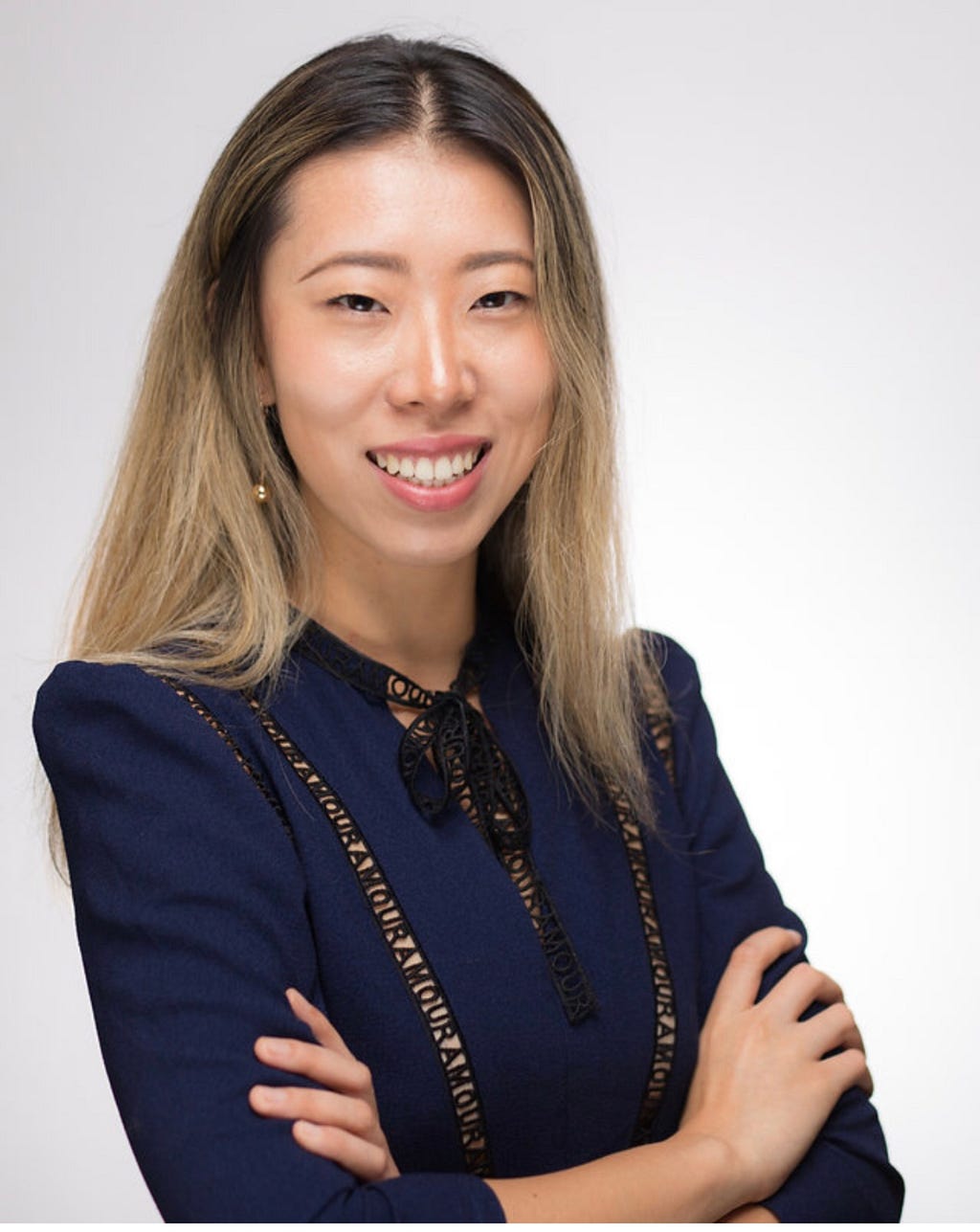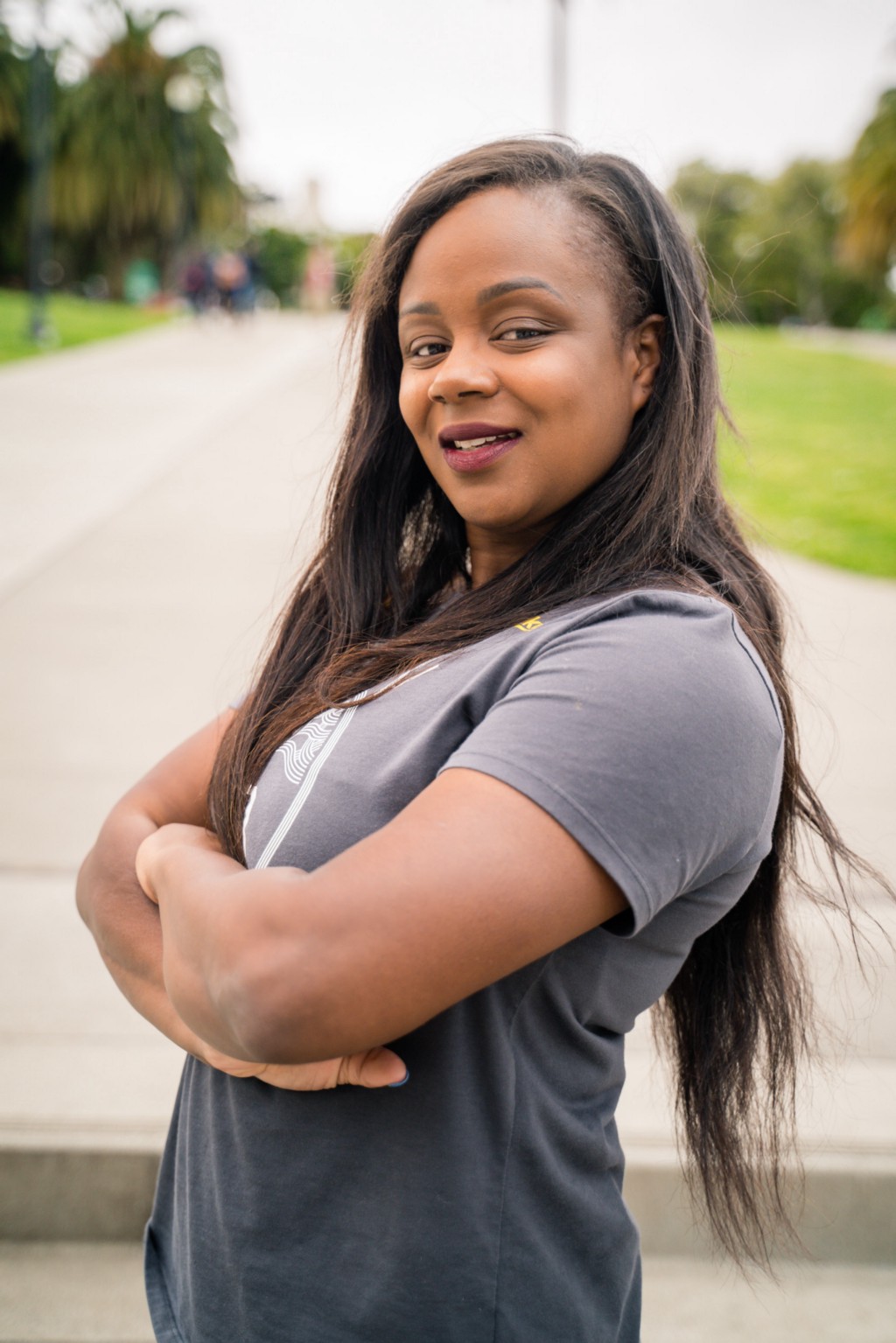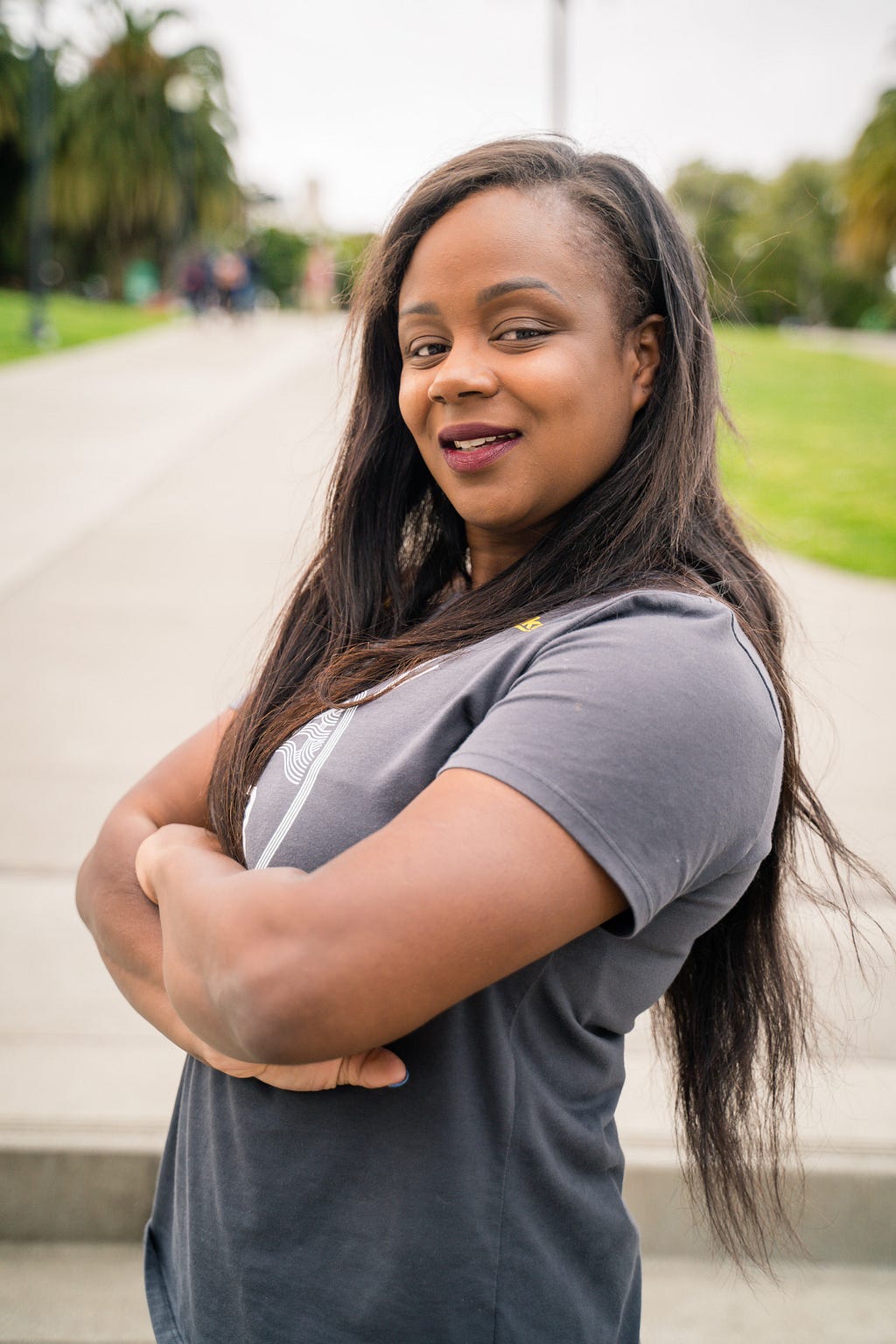
A framework I use to guide my decision-making is based on these three pillars: quality, consistency, and performance. We want to deliver the highest quality people, processes, programs, and products to our customers, where expectations are consistently met and value is delivered repeatedly. Quality can’t be a one-time thing! And finally, we have to deploy a technology platform and service that delivers effective results and ROI from Day 1.
As a part of our series about women who are shaking things up in their industry, I had the pleasure of interviewing Jess Jurva.
Jess Jurva represents the collective voice of Lucidworks’ customers and leads the teams responsible for customer onboarding, delivery, and management. With more than 20 years of experience building teams and programs to drive enterprise-level technical integrations for Fortune 500 companies, Jess is a true champion of and advocate for our customers and their success. With experience creating customer results at several startups and for large corporations like Intuit, Visa, and TIBCO. Jess is passionate about creating transformative customer experiences that yield exceptional business outcomes.
Thank you so much for doing this with us! Before we dig in, our readers would like to get to know you a bit more. Can you tell us a bit about your “backstory”? What led you to this particular career path?
I’m originally from the Midwest and came to California when I was 22. I stepped into my first real tech job at Palm Computing right as they had launched the first Palm Pilot. I had the opportunity to work with software and hardware developers, and I just remember it being so cool. It created a hunger and desire to learn more about how technology is built and how we interact with it.
That hunger never really went away and I’ve spent the last 23+ years focused on helping companies leverage technology to connect in a more meaningful way with their customers and employees. I’ve had the typical San Francisco Bay Area experience working for startups as well as big public companies like Intuit, Visa, and TIBCO. All of which has led me to my role today as Chief Customer Officer at Lucidworks.
Can you tell our readers what it is about the work you’re doing that’s disruptive?
My current focus is on transforming the customer experience for Lucidworks’ existing and new customers. To do so requires “owning” every part of the post-sales journey from handoff to onboarding, delivery, management, training, and technical support. It’s not a small task — which is why we have set up an organization aptly named Customer Excellence. As Chief Customer Officer I oversee this organization and our mission is to create and earn trust in every customer interaction.
A framework I use to guide my decision-making is based on these three pillars: quality, consistency, and performance. We want to deliver the highest quality people, processes, programs, and products to our customers, where expectations are consistently met and value is delivered repeatedly. Quality can’t be a one-time thing! And finally, we have to deploy a technology platform and service that delivers effective results and ROI from Day 1.
Can you share a story about the funniest mistake you made when you were first starting? Can you tell us what lesson you learned from that?
I’m sure there’s something I’m forgetting, but to be honest nothing is coming to mind right now.
We all need a little help along the journey. Who have been some of your mentors? Can you share a story about how they made an impact?
There are many women and men I look up to and have had the privilege to learn from throughout my career. Most notably was my first manager at Palm Computing, Kate Purmal. Kate saw potential in me as a young woman and became my mentor and big sister consistently shepherding me into new opportunities, relationships, and jobs. I have watched Kate over the years use her leadership and influence to blaze trails for women to follow and champion for women to have a voice and a seat at the table. Years later I still lean on her for executive coaching and advice.
As I climb the corporate ladder, Kate’s actions have inspired me to continue the same work of extending my hand to other women and inviting them to come along with me. This is the only way to keep putting cracks in that glass ceiling!
In today’s parlance, being disruptive is usually a positive adjective. But is disrupting always good? When do we say the converse, that a system or structure has ‘withstood the test of time’? Can you articulate to our readers when disrupting an industry is positive, and when disrupting an industry is ‘not so positive’? Can you share some examples of what you mean?
Disruption can absolutely be good especially when breaking through the status quo or an industry filled with giants doing things the same old way for years. Airbnb is a great example of disrupting the hospitality industry. Not only does Airbnb provide more cost effective lodging choices and experiences for travelers, it also allows anyone to leverage their home to make more money to meet their financial needs.
In my opinion, disruption can have negative impacts even though the initial intention or mission is to create good in the world. Social media platforms are a good example of this. They were meant to connect people around the world and provide a source for entertainment, news, and information. While this goal has been met it has come at the expense of increased screen time and some would say less connection to the people and family members right around us.
It is important to disrupt and be a disruptor — it is equally important to think about the positive and negative effects at scale and to continuously look at ways to mitigate or minimize the negative impacts.
Can you share 3 of the best words of advice you’ve gotten along your journey? Please give a story or example for each.
1. Be authentic.
People will see right through you trying to be someone else. Don’t be fake. Being authentic to who you are will quicken others ability to trust you.
2. Be direct but not mean when providing feedback.
The biggest improvements I have made in my career have been when my managers and peers have provided direct but not mean feedback. It can transform the way a person performs and what they are able to achieve.
When watered down or weak feedback is provided it can be confusing to the recipient and also deceptive in that they may think they are doing a good job when they are not.
3. Be the reason someone feels welcomed, seen heard, valued, loved, and supported.
It’s important to not forget that we are all human beings on this journey called life. We are all trying to do our best even though at times we might not be at our best. So, as a leader, bringing your full self to work, demonstrating empathy and compassion are required. In so doing you will inspire those around you to dig deeper, be better, perform higher as they will feel seen, heard, loved, and supported.
We are sure you aren’t done. How are you going to shake things up next?
I’d love to lead an executive team or board where all the members are a group of diverse women. How powerful that would be! I imagine it being a force to reckon with and performance unlike anything ever seen.
For decades, executive teams and board rooms have been filled with mostly if not all men. How cool would it be for the trend to be reversed! As Supreme Court Justice Ruth Bader Ginsburg says: “When I’m sometimes asked when will there be enough [women on the Supreme Court] and I say, ‘When there are nine,’ people are shocked. But there’d been nine men, and nobody’s ever raised a question about that.”
In your opinion, what are the biggest challenges faced by ‘women disruptors’ that aren’t typically faced by their male counterparts?
As I have taken on more senior roles, the lack of women is painfully apparent at Director, VP, C-suite, and Board levels. Being a woman and gay I’m consciously aware at all times and circumstances of the presence or lack thereof of Diversity, Equity, and Inclusion. As I build out my own team, I’m ensuring that there’s more of a balance with both racial and gender diversity.
Throughout my career, I’ve experienced and witnessed several obstacles women disruptors face that their male counterparts do not: 1.) being the “token” diversity hire, 2.) being talked over repeatedly and voice drowned out, 3.) ideas not taken seriously unless a male counterpart re-surfaces them and often within minutes of presenting the same idea!, 4.) getting hired into roles that are typically non-male dominated roles: HR, Customer Success, Marketing, etc., vs Engineering, Sales, and Product, and lastly 5.) intelligence doubted through painful “mansplaining.”
I would love to see more women in technical and sales leadership roles. I’m proud of the role that I have now at Lucidworks, and I hope that I can be a tiny part of that major disruption to bring more women into leadership positions.
Do you have a book, podcast, or talk that’s had a deep impact on your thinking? Can you share a story with us? Can you explain why it was so resonant with you?
Books:
- Dare to Lead by Brene Brown
- The Hard Things About Hard Things by Ben Horowitz
Digital Series:
- Oprah & Deepak Chopra Finding Your Flow Meditation Series
Can you please give us your favorite “Life Lesson Quote”? Can you share how that was relevant to you in your life?
“Everyone you meet is fighting a battle you know nothing about. Be kind. Always.” Brad Meltzer
You never know what is happening in a person’s life or why they may be showing up in a way that you find hard to understand and perhaps sometimes offensive. Rising above or as Michelle Obama says “going high” through kindness can make a huge difference in that person’s and others lives. Don’t underestimate the ripple effect of kindness.
You are a person of great influence. If you could inspire a movement that would bring the most amount of good to the most amount of people, what would that be? You never know what your idea can trigger. 🙂
I would love to be part of a movement to leverage every day tools and surroundings to build or repurpose “technologies” that make other women and children’s lives better or simpler. I’ve seen some stories where in developing countries women’s health and lives have been improved through the simple use of repurposing a tool such as a wheelbarrow tire to carry water. So simple, yet effective and low cost.
One of the organizations I deeply admire is The Bill and Melinda Gates Foundation. They focus heavily on water, sanitation, and hygiene bringing together great minds and experts to develop technologies to improve the health and lives of women and children.
Inspiring a movement to gather ideas, fulfillment, and deployment of improving the lives of others would be amazing!
How can our readers follow you online?
Follow me on LinkedIn here: https://www.linkedin.com/in/jessicajurva/
This was very inspiring. Thank you so much for joining us!
Female Disruptors: Jess Jurva of Lucidworks On The Three Things You Need To Shake Up Your Industry was originally published in Authority Magazine on Medium, where people are continuing the conversation by highlighting and responding to this story.





